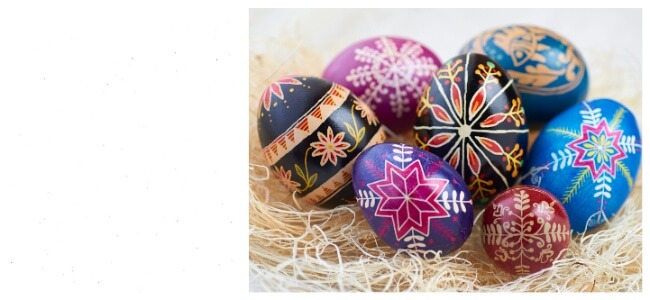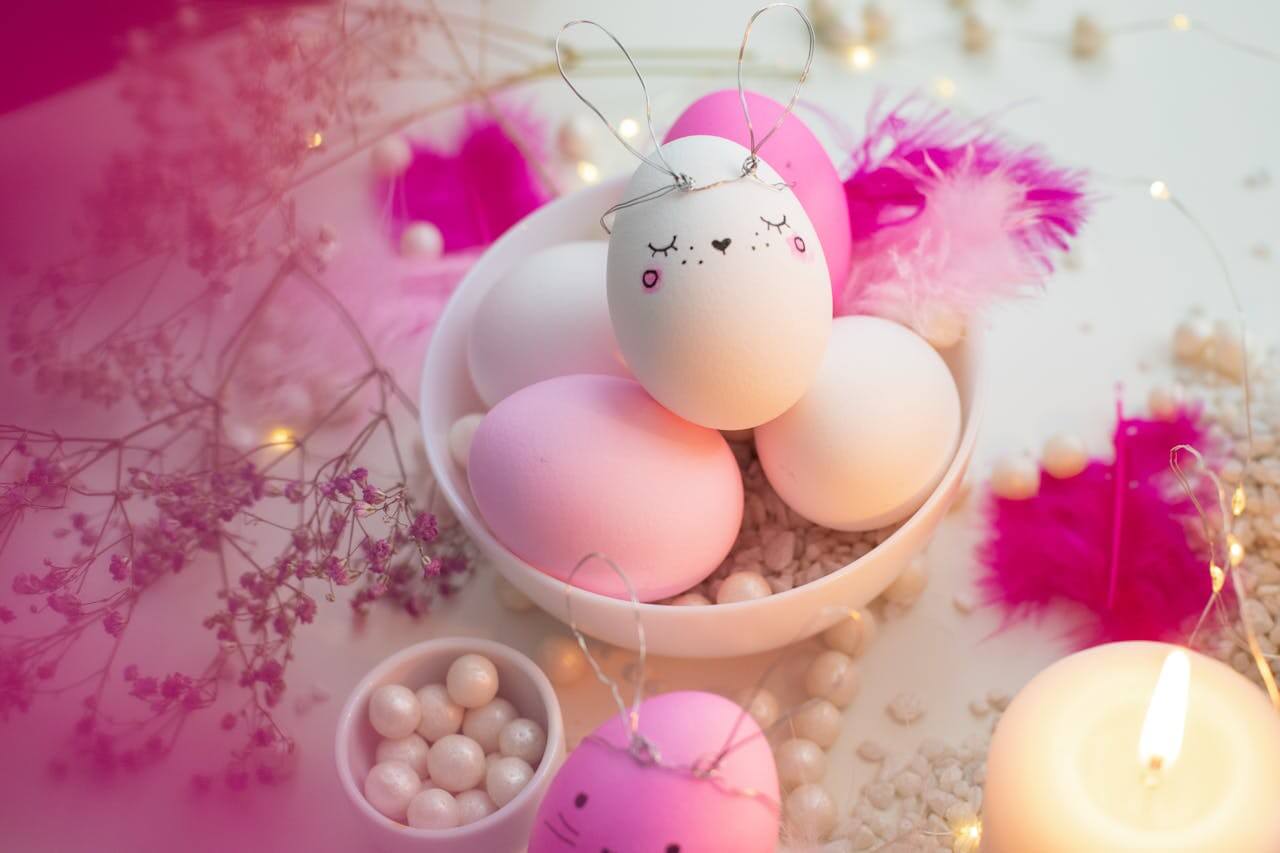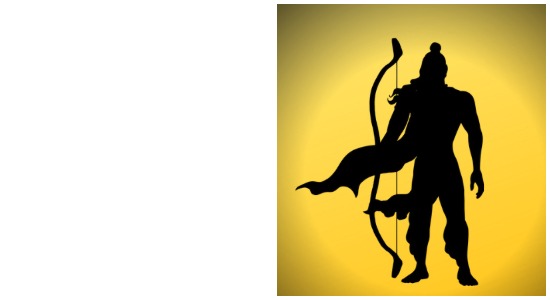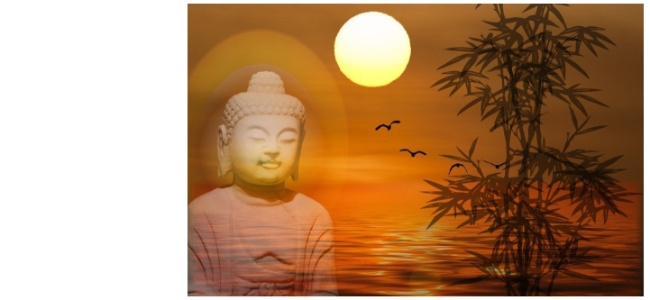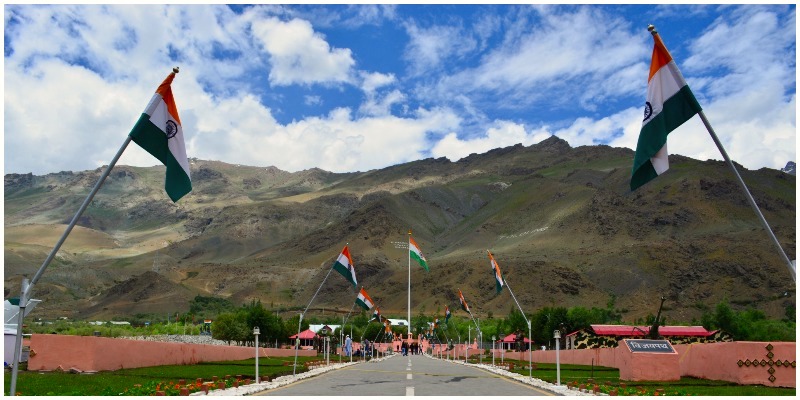Easter is a time of joy, reflection, and renewal. It begins with Good Friday, a solemn day marking the crucifixion of Jesus Christ, reminding us of the great sacrifice made for humanity. Just two days later comes Easter Sunday, a jubilant day that celebrates the resurrection of Christ. It symbolises hope, victory over death, and the promise of eternal life. Together, Good Friday and Easter Sunday form the heart of the Easter Festival, making it one of the most important events in the Christian calendar.
In this post, we take you on a delightful journey through joyful Easter celebrations, exploring traditions, history, and food that make this season truly special. Whether you are deeply rooted in faith or simply love the vibrant customs of the Easter Festival, there is something magical in how Easter unites people across the globe.
As travellers, it is always enriching to learn about the festivals of different places—why they are celebrated, how and when they take place, where the traditions are most vibrant, and the deeper significance behind them. As curious explorers passionate about local culture and traditions, let us delve deeper into the joyful Easter celebrations and discover what makes this festival so meaningful around the world.
Table of Contents
What is Easter? | Original Meaning Of Easter
Easter is a Christian festival that commemorates the resurrection of Jesus Christ from the dead. According to Christian belief, Jesus was crucified on Good Friday and rose again on Easter Sunday. The resurrection is a cornerstone of Christian faith, symbolising the triumph of good over evil and life over death. The word “Easter” is believed to have originated from “Eostre,” the name of a pagan goddess of spring and fertility, whose festival was celebrated around the same time as the Christian Easter. Over time, Christian traditions absorbed and reinterpreted these symbols to reflect the joy of resurrection and renewal.
Today, Easter celebrations blend ancient traditions with modern practices. From attending church services to enjoying Easter food with family, people observe the festival in meaningful and joyful ways. The original meaning of Easter may lie in the resurrection, but its broader message touches upon themes of hope, transformation, and new beginnings. This is why Easter celebrations resonate so deeply with people of all ages and backgrounds.
When is Easter Celebrated?
Easter is a movable feast, which means its date changes every year. It is celebrated on the first Sunday following the full moon after the spring equinox. This means Easter Sunday can fall anytime between March 22 and April 25. Good Friday is observed two days before Easter Sunday, marking the beginning of the Easter weekend.
About Easter | Facts About Easter | History Of Easter | Easter Story
The Easter Festival traces its origins to the early Christian church, though its roots go deeper into pre-Christian springtime celebrations. As mentioned earlier, the name “Easter” may have come from Eostre, the pagan goddess. Early Christians adopted the timing of the spring equinox to celebrate the resurrection of Christ, giving new spiritual meaning to age-old seasonal festivals. The Easter story begins with the Last Supper, followed by Jesus’ arrest, crucifixion on Good Friday, and resurrection on Easter Sunday.
Over the centuries, Easter celebrations evolved, with new traditions forming across different cultures. For example, in Eastern Orthodox Christianity, Easter is known as Pascha and follows a slightly different calendar. Despite these variations, the central message of Easter — hope, resurrection, and divine love — remains consistent. The use of symbols like eggs, bunnies, and flowers also has roots in ancient springtime fertility rituals, later integrated into Christian Easter customs.
Easter Sunday not only marks the resurrection but also signals the end of Lent, a 40-day period of fasting, reflection, and repentance. During Easter celebrations, churches around the world are decorated with lilies, candles are lit, and joyous hymns are sung. Families gather for special meals, and children take part in Easter egg hunts. All these elements come together to create a festive atmosphere that honours both spiritual and cultural traditions.
Importance of Easter
Easter is the most important Christian holiday as it celebrates the cornerstone of Christian belief — the resurrection of Jesus Christ. It affirms the idea that life triumphs over death and good over evil. Easter Sunday brings renewed faith and spiritual awakening, often seen as a time for personal transformation. It also encourages forgiveness, gratitude, and togetherness. Easter celebrations remind us of the power of love, sacrifice, and divine grace in our lives.
How is Easter Celebrated?
Easter celebrations vary from country to country, but the essence remains the same — joy, hope, and community. On Good Friday, many Christians attend church services and processions to remember Christ’s crucifixion. Easter Sunday, on the other hand, is all about jubilant celebrations. Churches hold sunrise services, bells ring, and choirs sing hymns glorifying the resurrection.
Homes are decorated with flowers, pastel colours, and Easter eggs. Families gather for festive meals featuring traditional Easter food, often including lamb, baked ham, and sweet breads. In many places, children enjoy Easter egg hunts, and people exchange chocolate bunnies and colourful eggs. From solemn observances to cheerful festivities, Easter celebrations encompass a beautiful balance of reverence and rejoicing.
How Long is Easter Celebrated?
While Easter Sunday is the main event, the Easter Festival is celebrated over several days. It begins with Palm Sunday, followed by Holy Week, which includes Maundy Thursday, Good Friday, Holy Saturday, and then Easter Sunday. In many traditions, the season continues for 50 days until Pentecost. These fifty days are known as Eastertide, during which Christians reflect on the significance of the resurrection and its impact on their faith.
Why Do We Celebrate Easter With Eggs?
Eggs have long been a symbol of life and rebirth, which perfectly aligns with the message of Easter. In ancient times, eggs were associated with spring festivals celebrating fertility and renewal. Early Christians adopted the egg as a symbol of Christ’s resurrection, just as a chick emerges from its shell, Christ emerged from the tomb.
During the Easter Festival, eggs are dyed, painted, and hidden for children to find. Chocolate eggs and egg-shaped candies have become popular additions to Easter food traditions. Whether real or symbolic, the Easter egg remains a joyful reminder of new life and fresh beginnings during Easter celebrations.
What is the Easter Bunny?
The Easter Bunny is one of the most beloved symbols of the Easter Festival, especially among children. Originating from German folklore, the Easter Bunny was said to lay colourful eggs and deliver them to well-behaved children on Easter Sunday. German immigrants brought this tradition to America, where it became a staple of Easter celebrations.
Today, the Easter Bunny appears in parades, decorations, and as a chocolate treat. Children often leave baskets out on Easter Eve, hoping the Easter Bunny will fill them with goodies. While not directly tied to religious aspects, the Easter Bunny adds a playful and whimsical charm to Easter celebrations.
Which Countries Celebrate Easter?
Easter is celebrated in many countries across the world. Some of the countries that actively celebrate the Easter Festival include:
- United States
- United Kingdom
- Italy
- Spain
- Greece
- Germany
- France
- Australia
- Brazil
- Philippines
- Canada
- Mexico
- Russia
- Sweden
- South Africa
- India
Religious Easter Traditions | How is Easter Sunday Celebrated Around the World?
Easter celebrations around the world vary in style and significance. Yet, each tradition beautifully reflects the culture and faith of its people.
United States
-
Easter Sunday in the U.S. is both a religious observance and a cultural event.
-
Many people attend sunrise services and special Easter Mass at churches.
-
Families gather for Easter brunch or dinner, often featuring ham, deviled eggs, and sweet treats.
-
Children enjoy Easter egg hunts, both at home and in community parks.
-
The White House Easter Egg Roll is a cherished annual event held on the South Lawn.
-
The Easter Bunny delivers chocolate eggs, jelly beans, and stuffed toys.
-
Springtime decorations like tulips, pastel eggs, and Easter baskets are seen everywhere.
United Kingdom
-
In the UK, Easter is a deeply rooted religious and cultural occasion marked by public holidays on Good Friday and Easter Monday.
-
Churches across the country hold special services on Good Friday, Holy Saturday, and Easter Sunday, often featuring hymns, Bible readings, and processions.
-
One of the unique traditions is the Maundy Thursday service, where the monarch distributes “Maundy money” to senior citizens, symbolising humility and service.
-
Hot cross buns, spiced sweet rolls with a symbolic cross, are traditionally eaten on Good Friday.
-
Easter egg hunts and rolling decorated eggs down hills are popular activities for children during the Easter Festival.
-
Families enjoy a traditional Easter Sunday roast, usually featuring lamb, mint sauce, roast potatoes, and seasonal vegetables.
-
Supermarkets and bakeries stock shelves with Easter eggs, chocolate bunnies, and other festive treats, making Easter a joyful blend of spiritual and seasonal celebration.
Italy
-
Easter, or “Pasqua”, is one of the most important religious festivals in Italy.
-
Good Friday features solemn processions and reenactments of the Passion of Christ, especially in Rome and Sicily.
-
On Easter Sunday, Italians attend grand church services with incense, choral music, and festive décor.
-
A lavish Easter lunch is a must, with roasted lamb, boiled eggs, and spring vegetables.
-
The traditional Colomba di Pasqua, a dove-shaped sweet cake, symbolises peace and resurrection.
-
Many towns host community feasts, fireworks, and open-air markets during the Easter Festival.
-
Monday after Easter, La Pasquetta, is a national holiday celebrated with picnics and countryside outings.
Spain
-
Holy Week or Semana Santa in Spain is known for its dramatic and reverent processions.
-
Cities like Seville, Malaga, and Granada host elaborate events with costumed participants and religious floats.
-
Participants wear Nazareno robes and carry large pasos (floats) with religious icons.
-
The entire week is deeply spiritual, filled with music, chanting, and prayer.
-
Easter Sunday brings joy and celebration after the solemnity of the week.
-
Families gather for festive meals and community events.
-
Traditional Easter food includes torrijas—bread soaked in milk and honey, then fried and sweetened.
Greece
-
Easter is the most significant religious celebration in Greece.
-
Observances begin on Holy Thursday with the preparation of red-dyed eggs.
-
On Good Friday, solemn processions are held, with icons and hymns of mourning.
-
At midnight on Holy Saturday, people gather in churches to celebrate Christ’s resurrection with candles and fireworks.
-
The greeting “Christos Anesti” (Christ is Risen) is exchanged with the reply “Alithos Anesti” (Truly He is Risen).
-
A traditional game involves cracking red eggs, symbolising the breaking of Christ’s tomb.
-
Easter food includes lamb roasted on a spit, magiritsa (Easter soup), and sweet bread called tsoureki.
Germany
-
In Germany, Easter is known as Ostern and is steeped in old traditions.
-
Easter trees (branches decorated with painted eggs) are displayed in homes and town squares.
-
Easter fires are lit on Holy Saturday to chase away the darkness of winter and welcome new life.
-
The Osterhase (Easter Bunny) is said to lay eggs for children to find in hidden nests.
-
Churches hold special Good Friday and Easter Sunday services.
-
Easter food includes sweet yeast breads, cakes shaped like lambs, and eggs dyed naturally with onion skins or beet juice.
-
Family brunches often include cured meats, cheeses, and fresh spring vegetables.
France
-
In France, church bells go silent from Good Friday to Easter Sunday to honor Christ’s suffering.
-
The silence is broken with joyful ringing on Easter Sunday, symbolizing resurrection.
-
Children are told the bells fly to Rome and return with chocolates, leading to Easter egg hunts.
-
Churches hold beautiful masses across the country, especially in cities like Paris and Lourdes.
-
Homes are decorated with spring flowers and pastel colours.
-
Traditional Easter food includes gigot d’agneau (roast leg of lamb), asparagus, and gratins.
-
Chocolate bells and eggs are the most popular sweet treats during the Easter Festival.
Australia
Easter celebrations in Australia blend solemn Christian traditions with fun, family-centred activities.
-
Good Friday is a national holiday, observed with church services and quiet reflection. Many attend Passion plays and Stations of the Cross.
-
Easter is a long weekend affair, giving families time to travel or relax together.
-
Australians often host outdoor picnics and BBQs, taking advantage of the pleasant autumn weather.
-
The Easter Bilby, a native marsupial, replaces the traditional Easter Bunny to raise awareness about endangered species.
-
Children enjoy chocolate Easter eggs, egg hunts in parks, and community fairs.
-
Traditional Easter food includes hot cross buns, seafood on Good Friday, and roasts on Easter Sunday.
-
Parades, church services, and community events keep the spiritual and festive spirit alive across the country.
Brazil
In Brazil, Easter celebrations are deeply religious, passionate, and visually captivating.
-
The Holy Week, known as Semana Santa, begins with Palm Sunday and continues through Good Friday with processions and church events.
-
Cities like Ouro Preto and Recife host dramatic reenactments of the Passion of Christ.
-
Streets are decorated with carpets made from colored sawdust, forming biblical images.
-
On Good Friday, many observe a meatless fast, eating fish-based meals and traditional vegetables.
-
Easter Sunday brings joyful Masses, family feasts, and the exchange of large chocolate eggs filled with surprises.
-
Children eagerly await gifts from the Easter Bunny, or “Coelhinho da Páscoa.”
-
Popular Easter food includes bacalhau (salted cod), feijoada, and sweet treats like brigadeiros and quindim.
Philippines
-
The Philippines’ Easter celebrations are among the most heartfelt in Asia.
-
The week starts with Palm Sunday and continues through Good Friday with processions and “Pabasa” chants.
-
Devotees in some regions reenact the Passion, including actual crucifixions.
-
Easter Sunday begins with the Salubong, a pre-dawn ritual where the statues of the Risen Christ and the Virgin Mary meet.
-
This is followed by joyful Mass, hymns, and community celebrations.
-
Children participate in egg hunts and receive treats, influenced by Western customs.
-
Filipino Easter food includes lechon, native desserts like bibingka, and festive rice dishes.
Canada
In Canada, Easter celebrations are a beautiful blend of solemn tradition and festive fun.
-
Good Friday is a statutory holiday in most provinces and is observed with church services and prayers.
-
Many Canadians attend Mass or reflect quietly at home, especially those observing Lent.
-
Easter Sunday is a joyful day of resurrection celebrated with family brunches, egg hunts, and church gatherings.
-
Children participate in colouring eggs and enjoy chocolate bunnies and treats from the Easter Bunny.
-
Popular Easter food includes glazed ham, roasted vegetables, hot cross buns, and deviled eggs.
-
Communities also organise fairs and craft markets around the Easter Festival weekend.
-
The celebrations may vary slightly depending on the province, but the spirit remains united in joy and hope.
Mexico
In Mexico, Easter celebrations are rich in tradition and deeply tied to the Catholic faith.
-
Holy Week, or Semana Santa, is one of the most important religious observances in the country.
-
From Palm Sunday to Good Friday, cities hold elaborate processions and Passion plays.
-
Towns like Taxco and San Luis Potosí are known for their dramatic reenactments of Jesus’ last days.
-
The entire week is often a holiday for schools, giving families time to travel and observe rituals.
-
Easter Sunday is a quieter, more reflective day, usually spent attending church and enjoying family time.
-
Traditional Easter food includes dishes like tortas de camarón (shrimp patties), nopales, and various sweet breads.
-
While egg hunts are not traditional, modern Mexican families are adopting them in urban areas as part of the global Easter Festival spirit.
Russia
In Russia, Easter celebrations follow the Orthodox calendar and are deeply spiritual and symbolic.
-
The Orthodox Easter, often later than Western Easter, is the most significant religious holiday in Russia.
-
The celebrations begin with Holy Saturday night services that extend into Easter Sunday.
-
At midnight, churches ring bells and proclaim “Christ is Risen!” with congregants responding “Indeed, He is Risen!”
-
People bring baskets of food to be blessed by priests, including traditional items like kulich (sweet bread) and paskha (cheese dessert).
-
Families then break their fast with a hearty meal after 40 days of Lent.
-
Painted eggs, often in red to symbolise the blood of Christ, are exchanged as symbols of life and resurrection.
-
The Easter Festival in Russia is a time of intense devotion, family unity, and joyful celebration.
Sweden
Sweden celebrates Easter in a uniquely charming and folk-inspired way.
-
Known as Påsk, Swedish Easter celebrations blend Christian and pagan traditions.
-
Good Friday and Easter Sunday are observed with church services and family gatherings.
-
Children dress up as “Easter witches” (påskkärringar) and go door-to-door offering hand-drawn cards in exchange for candy, similar to Halloween.
-
Homes are decorated with birch twigs, colourful feathers, and eggs.
-
Easter food includes pickled herring, cured salmon, eggs, lamb, and cheese pies.
-
Families gather for long brunches and decorate eggs together.
-
The focus is on family, renewal, and the joy of spring, making Swedish Easter celebrations delightfully wholesome.
South Africa
In South Africa, Easter celebrations are both religious and community-oriented.
-
The Christian population observes Good Friday with reverent church services and readings of the Passion.
-
Churches hold sunrise services on Easter Sunday, often outdoors, symbolising the rising of Christ.
-
Many South Africans attend church in traditional attire and gather afterwards for festive meals.
-
Easter food includes pickled fish (a Cape Malay tradition), roast lamb, hot cross buns, and homemade desserts.
-
Easter egg hunts and chocolate treats are popular among children.
-
Communities often organise family fun days, gospel concerts, and charity events.
-
The Easter Festival in South Africa is a blend of faith, heritage, and togetherness, celebrated across diverse cultures and backgrounds.
India
Easter is celebrated with much devotion and joy in many parts of the country, especially in states with significant Christian populations like Kerala, Goa, Tamil Nadu, Karnataka, Maharashtra, and the North-East regions.
Here is how Easter celebrations unfold in India:
-
Good Friday is observed with solemn processions, church services, and fasting, reflecting on the crucifixion of Jesus.
-
Easter Sunday is a joyful occasion, marked with special church services, community feasts, and vibrant family gatherings.
-
Churches are decorated, hymns are sung, and children enjoy Easter eggs and sweets.
-
Traditional Easter food includes delicacies like plum cakes, appam with stew (in Kerala), sannas with pork sorpotel (in Goa), and a variety of festive breads and sweets.
-
Communities come together to share the joy of the Easter Festival, keeping both faith and fellowship alive.
Easter Food
Easter food forms the centrepiece of Easter celebrations around the world. Here are some traditional Easter dishes and where they are commonly prepared:
- Hot Cross Buns – United Kingdom; spiced sweet buns with a cross on top
- Roast Lamb – Mediterranean regions like Greece and Italy symbolise Christ as the Lamb of God
- Colomba di Pasqua – Italy; a dove-shaped sweet bread with candied fruit and almonds
- Pashka – Russia and Eastern Europe; a rich dessert made of cheese, cream, and raisins
- Ham and Deviled Eggs – United States; popular Easter Sunday meal items
- Torrijas – Spain; sweet bread soaked in milk and eggs, then fried
- Simnel Cake – United Kingdom; fruit cake with marzipan layers
- Tsoureki – Greece; braided sweet bread often with a red-dyed egg in the centre
Easter Sunday – FAQs
Here are some frequently asked questions about Easter Sunday and the Easter Festival:
What is Easter Sunday?
It is the day Christians celebrate the resurrection of Jesus Christ.
Why is Good Friday important?
It commemorates the crucifixion and death of Jesus.
What is the meaning of Easter?
Easter represents resurrection, hope, and new life.
Why are eggs associated with Easter?
Eggs symbolise rebirth and resurrection.
What is the Easter Bunny’s origin?
It originated from German folklore and represents fertility.
When is Easter celebrated?
It is celebrated on the first Sunday after the full moon following the spring equinox.
Is Easter a public holiday?
Yes, in many countries, including the UK, the US, and Australia.
What foods are commonly eaten on Easter?
Lamb, ham, hot cross buns, and various desserts.
What is the significance of Easter eggs?
They represent new life and resurrection.
What is Easter Monday?
The day after Easter Sunday, often a public holiday in many countries.
Do all Christians celebrate Easter?
Most do, but dates and customs may vary.
Is Easter a religious or cultural event?
It is both deeply religious and culturally celebrated.
How is Easter different from Christmas?
Christmas celebrates Christ’s birth, while Easter celebrates his resurrection.
What is Lent?
40 days of fasting and reflection leading up to Easter.
What is the connection between Easter and spring?
Both celebrate renewal, life, and hope.
Easter is a beautiful celebration that bridges faith, tradition, and festivity. From the solemnity of Good Friday to the jubilance of Easter Sunday, it reminds us of the power of hope and the joy of rebirth. Through meaningful rituals, delicious Easter food, and cheerful gatherings, Easter celebrations foster a sense of community and gratitude. Whether in a quiet chapel or a bustling backyard egg hunt, the spirit of Easter lives on in every shared smile and heartfelt prayer.
We hope you liked this post about joyful Easter celebrations. Do you find this post useful? Do let us know your thoughts in the comments section. Please share this post about the Easter Sunday celebration with your friends and family, and also share it on social media platforms.
Wander With Us – Your Next Travel Story Begins Here!
Ready to dive into a world of unforgettable adventures? Come along as we journey through awe-inspiring landscapes, discover off-the-beaten-path treasures, and share meaningful stories that spark your wanderlust.
Join us on YouTube – Travel With Sandy & Vyjay, where every episode brings you closer to the heart of global cultures, scenic wonders, and expert travel tips to guide your next escape.
Stay inspired every day! Follow us on Instagram, Facebook, X (Twitter), LinkedIn, and YouTube for vibrant visuals, real-time updates, and destination ideas.
Subscribe to our Voyager Travel Bytes newsletter and get handpicked travel inspiration delivered straight to your inbox or WhatsApp. Catch all our real-time travel moments by following us on Instagram!
Design Your Dream Journey With Us
Craving adrenaline-pumping escapades, peaceful retreats, rich cultural immersions, or transformative experiences? We are here to help craft a travel story that is uniquely yours.
Let Us Bring Your Travel Dreams to Life!
Have a destination in mind or looking for ideas? Drop us a message at [email protected] and let us plan your personalised itinerary.
The world is full of wonder. Are you ready to explore it with us?
We are a reader-supported site. This means, at no additional cost to you, we may earn a small commission if you book a flight or hotel, or make a purchase through one of our affiliate links. Thank you for your support!
Flights – Air India (Domestic) or Air India (International), or Priceline
Tours – Click to book top tours around the world. Book tours and activities here.
Experiences – Book your next unforgettable experience here, with flexible bookings and free cancellations. Reserve tours and activities now and pay later.
Hotels – Click to book the best hotels/resorts. Choose the best stay options with TripAdvisor or Hotels.com, or HotelsCombined
Travel Insurance – Click to book Travel Insurance that covers a range of travel insurance and safety services including medical emergencies, lost luggage, trip cancellation and more
Visas and Travel Documents Application – Click here for Online Travel Visa Check
Online Passport Photo – Get Your Passport Photo Online here
Do You Love Traveling?
Do you want to know how to travel the world? We have put together a very useful travel resources page with the best travel tips. Go check it out now. Thanks for visiting our site Voyager - imvoyager.com and taking the time to read this post! If you wish to collaborate/work with us then reach us at [email protected] We’d love it if you’d comment by sharing your thoughts on this post and share this post on social media and with your friends. Follow our journey on our social media channels: Facebook X Instagram Pinterest YouTube
Start dreaming about your next adventure with Tripadvisor. Book your next unforgettable experience here with flexible bookings and free cancellations.
Flight booking online at the best fare
60+ Million Users Trust TripAdvisor With Their Travel Plans. Shouldn't You?
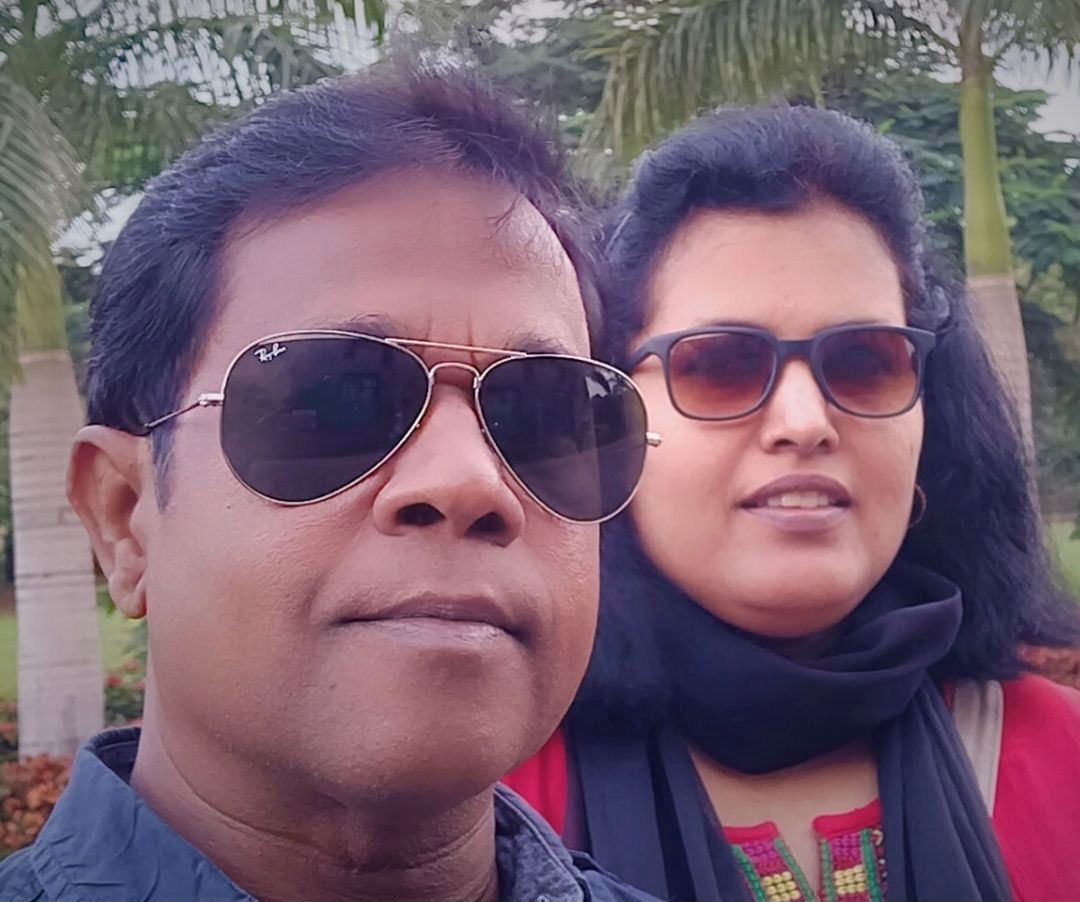
Sandy & Vyjay are a husband and wife duo who are travel content creators. They are co-founders of this travel website and are one of the leading travel content creators in India.
Sandy & Vyjay quit their successful corporate careers to pursue their passion for travel and writing full-time. Their dedication has earned them the “Best Travel Writer” award and numerous accolades on both national and international stages. Focusing on India’s destinations, heritage, and culture, they are passionate advocates for nature and the environment. Through their content, they promote ecotourism and sustainable travel, inspiring others to explore and preserve the beauty of India.
